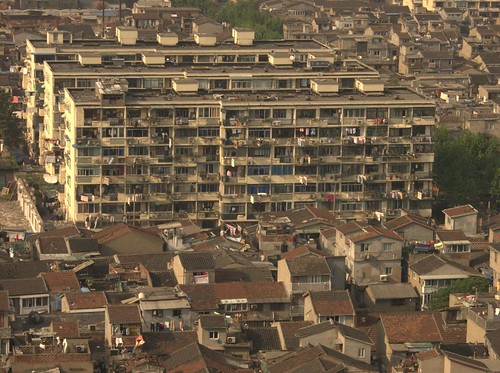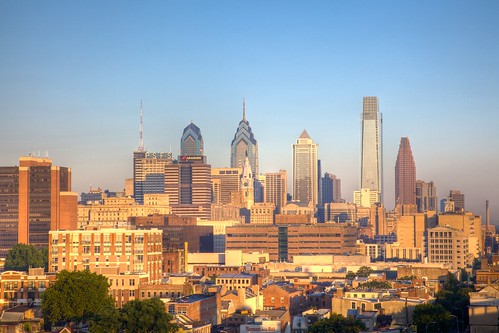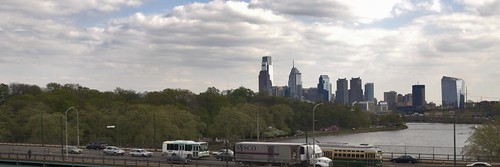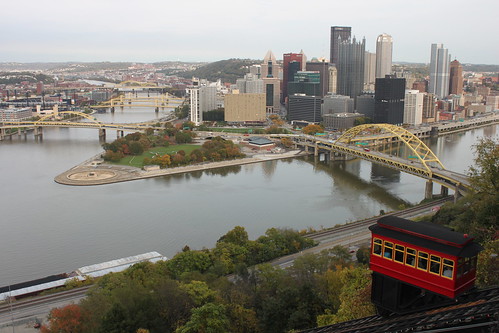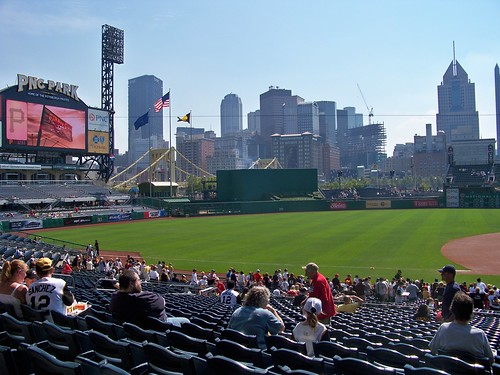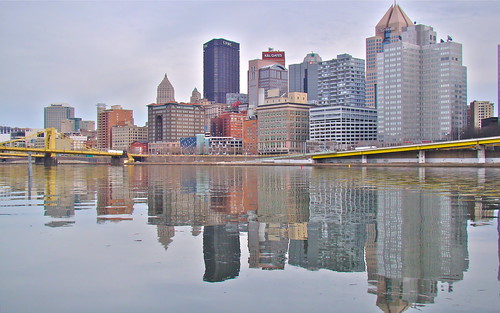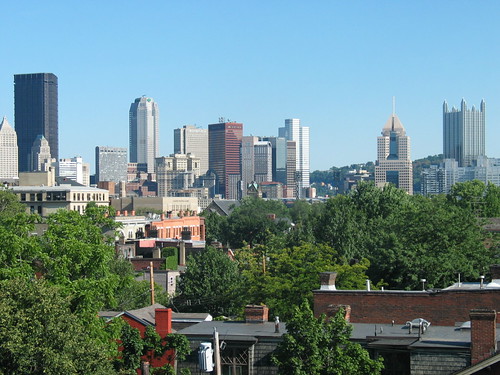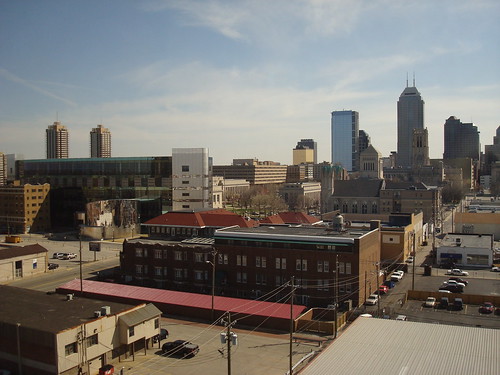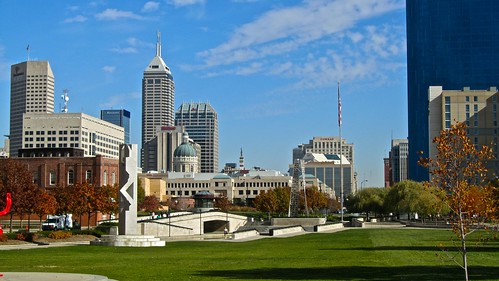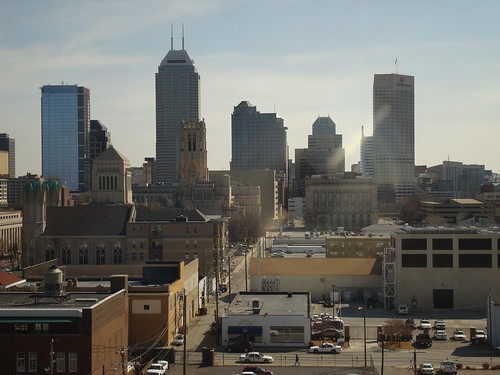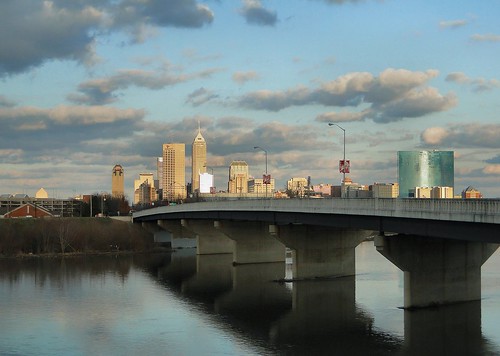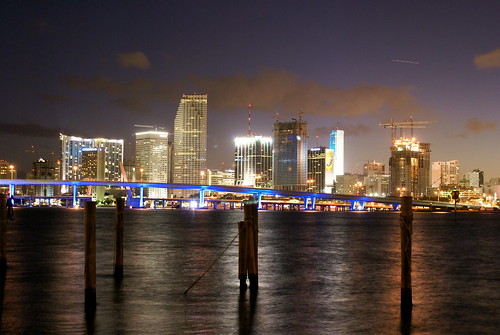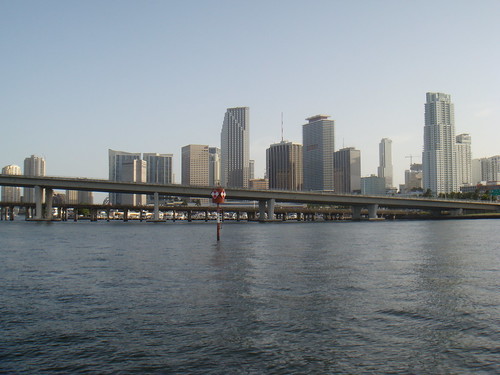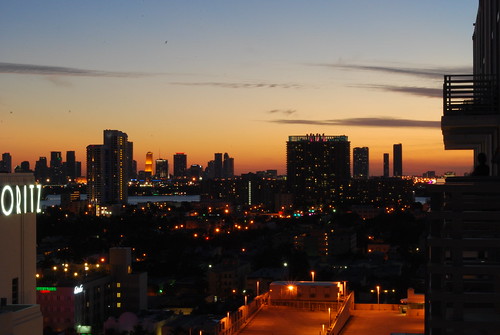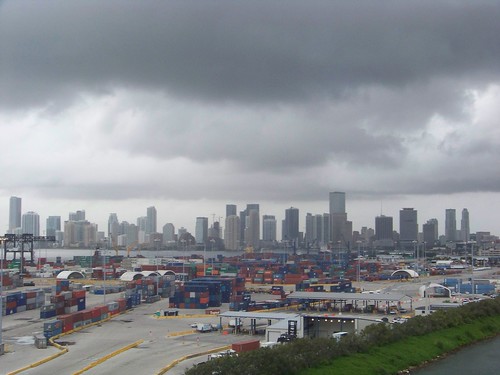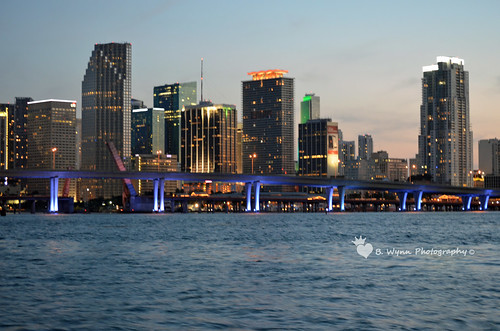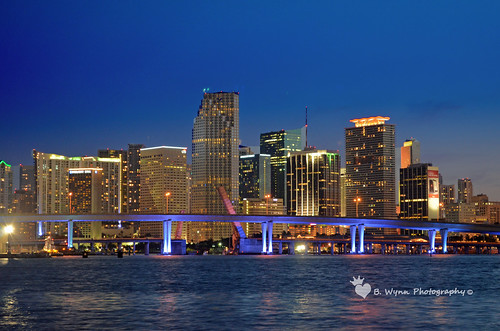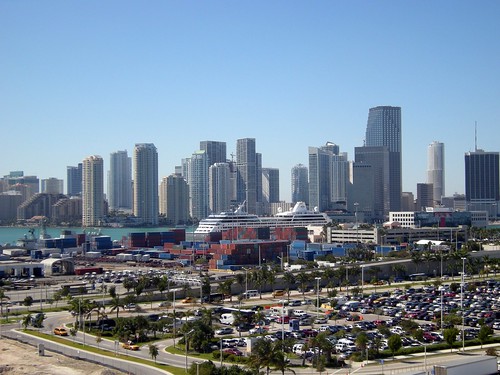by Jochen A.G. Jaeger a, Rene´ Bertiller, Christian Schwick, and Felix Kienast
Rapid increase of urban sprawl in many countries worldwide has become a major concern because of its detrimental effects on the environment. Existing measures of urban sprawl suffer from a confusing variety of differing, and sometimes contradictory, interpretations of the term ‘‘urban sprawl’’. Therefore, results from different studies cannot usually be compared to each other and are difficult to interpret consistently. Every meaningful method to measure the degree of urban sprawl needs to be based on a clear definition of ‘‘urban sprawl’’ disentangling causes and consequences of urban sprawl from the phenomenon of urban sprawl itself, as urban sprawl has differing causes and consequences in different regions and regulatory contexts. This paper contributes to the development of more reliable measures of urban sprawl by providing clarifications to the definition of ‘‘urban sprawl’’ and by developing a set of 13 suitability criteria for measures of urban sprawl.
Our study proceeds in three steps. First, it proposes a clear definition of urban sprawl that is based on an evaluation of existing urban sprawl definitions. Second, it derives from this definition 13 suitability criteria for measures of urban sprawl. These criteria are useful to systematically evaluate the consistency and reliability of existing and future metrics of urban sprawl. The 13 criteria include (1) intuitive interpretation, (2) mathematical simplicity, (3) modest data requirements, (4) low sensitivity to very small patches of urban area, (5) monotonous response to increases in urban area, (6) monotonous response to increasing distance between two urban patches when within the scale of analysis, (7) monotonous response to increased spreading of three urban patches, (8) same direction of the metric’ responses to the processes in criteria 5, 6 and 7, (9) continuous response to the merging of two urban patches, (10) independence of the metric from the location of the pattern of urban patches within the reporting unit, (11) continuous response to increasing distance between two urban patches when they move beyond the scale of analysis, (12) mathematical homogeneity (i.e., intensive or extensive measure), and (13) additivity (i.e., additive or area-proportionately additive measure). Third, we illustrate the application of the 13 criteria by systematically assessing three existing measures of urban sprawl. We conclude that suitability criteria help understand the behavior of metrics intended to measure urban sprawl and to identify the most suitable measures. This article is the first part of a set of two papers.
more about urban sprawl:

